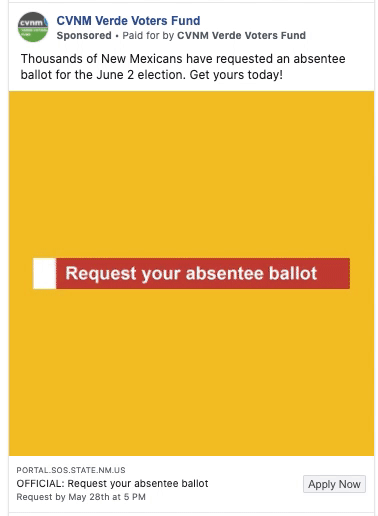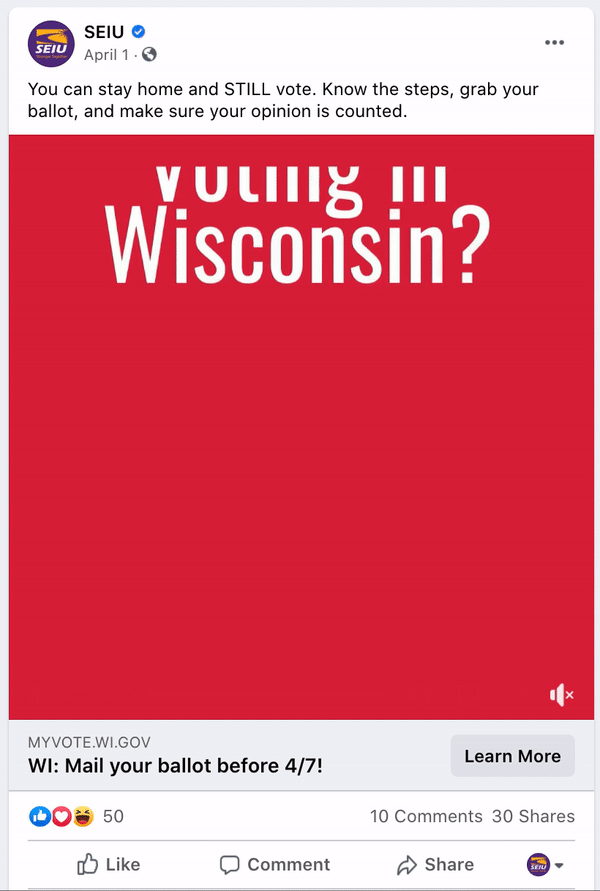Let Freedom Ring
The splendid and vile sides of America’s polarized politics were both on full display yesterday.
As moving tributes to U.S. Representative John R. Lewis, the civil rights icon most closely associated with voting rights, were delivered at his funeral in Atlanta, Donald Trump issued a contemptible and foreboding Tweet suggesting the U.S. “Delay the Election until people can properly, securely and safely vote????.”
Virtually everyone acknowledges that the November 3rd election will be “the election of our lifetime”. And every Agitator reader has both a professional and personal stake in its outcome. The future of our civil society and its independent sector may well be decided then.
So, while The Agitator does its best to avoid partisan politics (most of the time) it seems to us that every organization – particularly advocacy organizations—needs to become as engaged as possible in the process of making sure as many citizens as possible actually vote.
Time is short.
- Although Election Day itself occurs on November 3…
- Just 50 days from now the first number of states will begin Early Voting…
- In only 17 days the Democratic Convention gets underway…
- Followed 24 from now by the Republican convention.
All this in the context of a predictable attack on voting access exacerbated in all its suppressive horror by the dangers of in-person voting in a pandemic.
This is why Vote-by-Mail has taken on even greater importance and why those who would suppress the vote –led by Donald Trump—have mounted a massive effort to discredit Vote-by-Mail, sewing suspicion and seeding doubts about the legitimacy of an election conducted with a record number of votes cast by mail.
This is where you…your organization…and your networks can—and must—do your part to ensure the future of American democracy.
And that’s the team at M+R, the digital consulting firm has performed a heroic civic service for us all.
In a post titled Get The Vote-by-Mail Out, Meghan Rutherford, a M+R VP, provides detailed and practical advice to any organization seeking to delivering critical information to voters making it easier to access mail-in ballots, plus ensure voter know exactly where, when, and how to guarantee their vote is counted on Election Day.
Meghan’s guide, while mainly aimed at making the most of effective digital ads, is chock full of information and real-life examples that in the vote-by-mail world can help all of us. So whether you’re looking to educate only yourself as a voter, or are seeking ways to make sure your organization is doing its part to advance democracy (and your mission) read and share her post.
[Meanwhile, we’re giving Meaghan and M+R an Agitator Raise.]
Five Key To Do’s
Start Now. Now’s the time to make sure your audience understands how to request an absentee ballot before the various state deadlines. “There are a number of tools —like vote.org, voteamerica.com, and wecanvote.us—that make it easy to drive voters to state-specific information. Some can be embedded on your own site, keeping your trusted voice front and center.”

Show AND Tell. Many voters have no idea how to vote by mail and some may even think it’s a bad idea. As Meaghan notes, “That’s where the trusted voice of your organization can make a big difference. Check out the eye-catching treatments in her post that show how your ads can spell out the process and make it easy for the voter.

Get Tracking. Once election officials have begun sending out ballots it’s time to reach out to your audience and advise them on ways to return the ballots. Meaghan explains in detail desirable frequency and sequencing of follow-up messages and illustrates with real-life examples.
Messaging Matters. This is no time for conventional get-out-the-vote messages. However, many of the ‘old’ or traditional tactics used in direct mail and SMS can be put to work in digital. And Meaghan provides detailed advice and examples of how to do this –especially valuable given the space limitations of some digital advertising.
Go for Surround Sound. This election cycle there are new political targeting restrictions that, according to Meaghan, make channels like YouTube less cost effective. She offers advice on building a media plan using a variety of channels from digital tv buys, video and audio ads, and podcasts.
“Now is your turn to let freedom ring.”
In a final op-ed written by Congressman John Lewis and published in the New York Times the morning of his funeral, the iconic voting rights hero left us all this message:
“Though I may not be here with you, I urge you to answer the highest calling of your heart and stand up for what you truly believe. In my life I have done all I can to demonstrate that the way of peace, the way of love and nonviolence is the more excellent way. Now it is your turn to let freedom ring.
“When historians pick up their pens to write the story of the 21st century, let them say that it was your generation who laid down the heavy burdens of hate at last and that peace finally triumphed over violence, aggression and war. So, I say to you, walk with the wind, brothers and sisters, and let the spirit of peace and the power of everlasting love be your guide.”
Let’s get to work. Each of us must do our part to let freedom ring.
Roger
Registration and early voting information here.



Hi, whilst I completely agree with the overall messaging of this blog post I notice you have used the phrase ‘bipolar’ in the first line – this can be offensive and upsetting to people living with bipolar disorder which is a serious mental health condition. This happened recently when you used ‘anorexia’ in a similar context to describe something nothing to do with the disease itself – please can you think a bit more carefully about your terminology next time? Many thanks, Rosie
(example of a resource on this below: https://ibpf.org/articles/please-stop-saying-bipolar-when-you-mean-unpredictable-or-broken/)
Rosie,
Thank you for calling me out. You’re absolutely right. Note taken and copy changed.
Best,
Roger
Hi Roger
Thanks for responding so quickly and for changing it – I appreciate it!
Thanks, Rosie